Child’s Play: Spaces Designed to Spark Imagination
Children’s spaces are where core memories take shape. Discover how design studios are addressing the needs of their youngest clients by crafting environments that ignite the imagination, nurture emotional development, and seamlessly integrate within the broader design plans of a home.
Design by Chango & Co., Photography by Sarah Elliott
In recent years, the intentionality behind designing children’s rooms has evolved dramatically. What was once considered an afterthought in home design has now become an opportunity for exploration, infusing spaces with color, pattern, and playful features that celebrate the magic of childhood. In season three of The Interior Collective podcast, we spoke with Studio DB about their approach to elevating kids’ spaces, delving into the unique considerations that come with designing for little ones in New York City. We’ll highlight some key takeaways from that conversation and explore a variety of imagination-driven kids’ spaces by design studios from coast to coast.
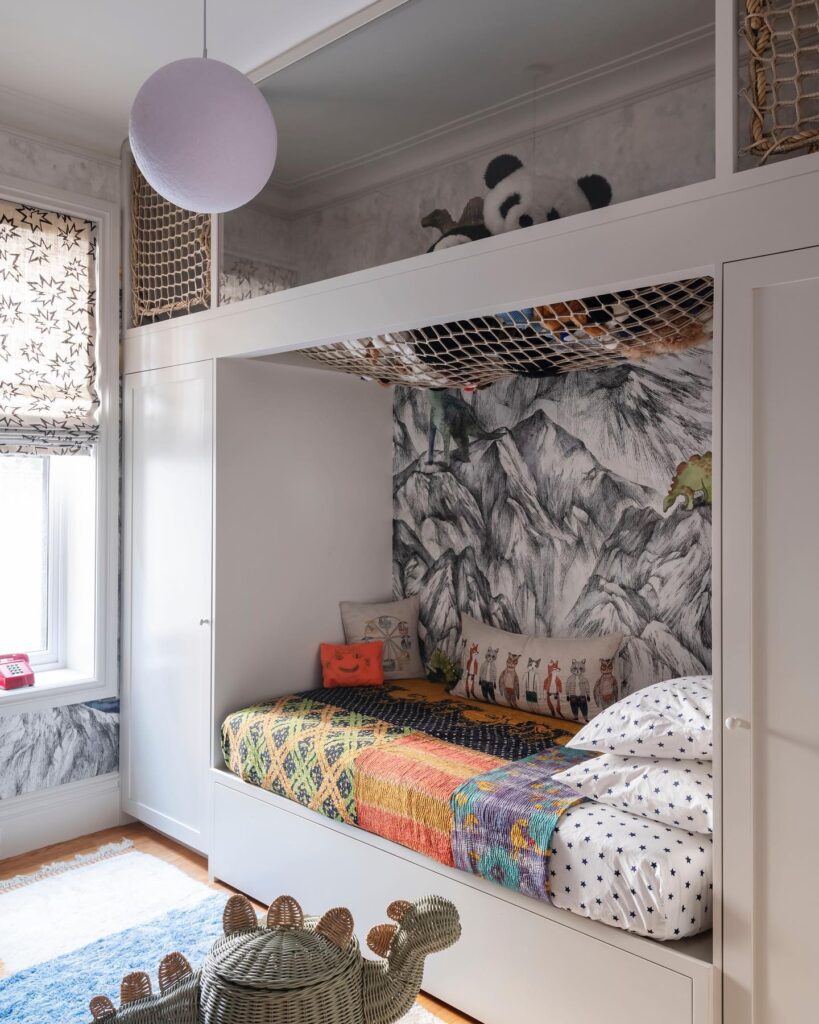
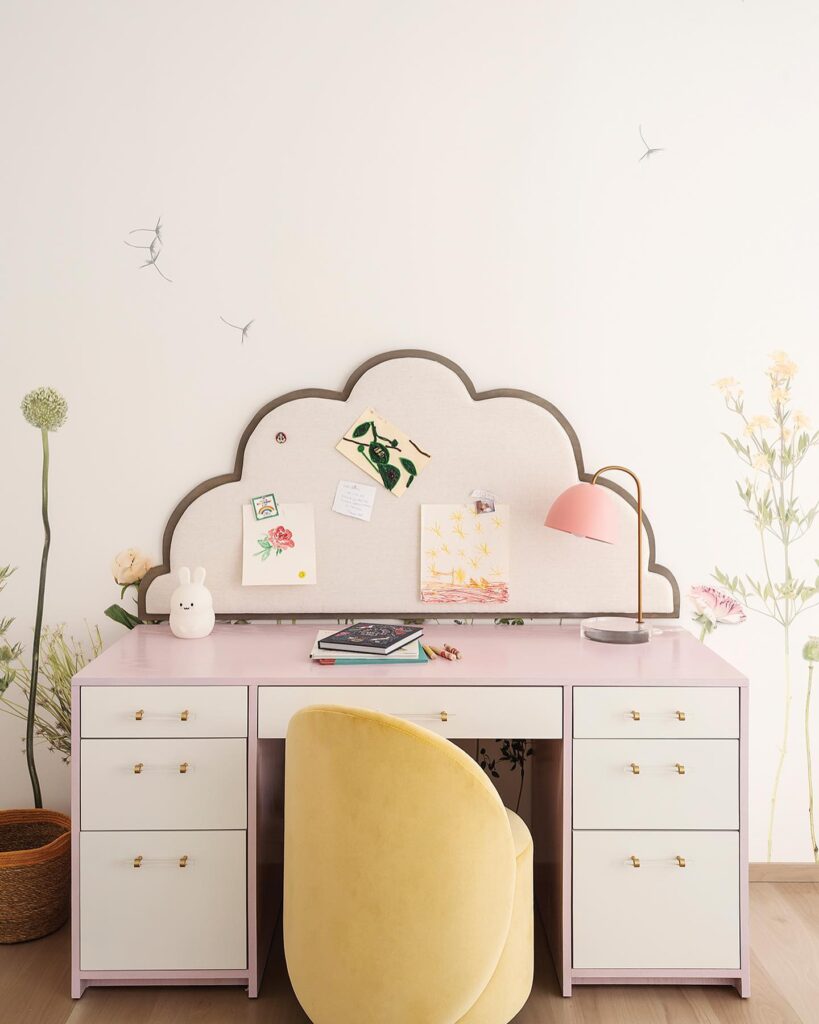
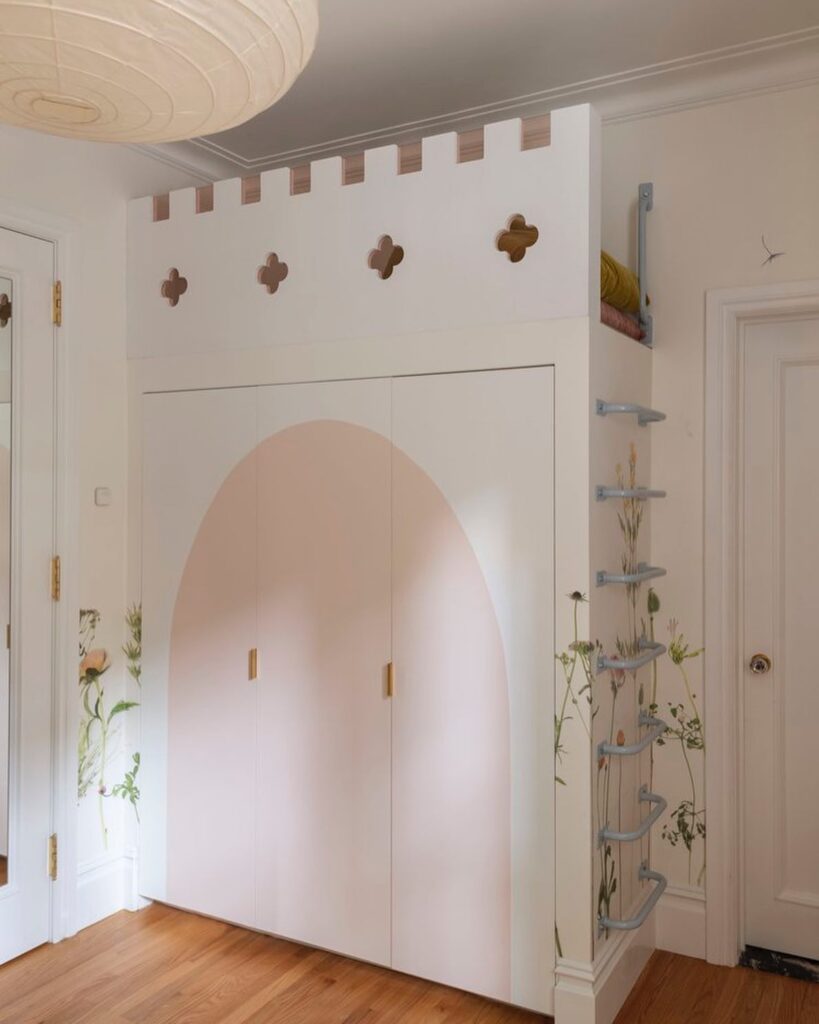
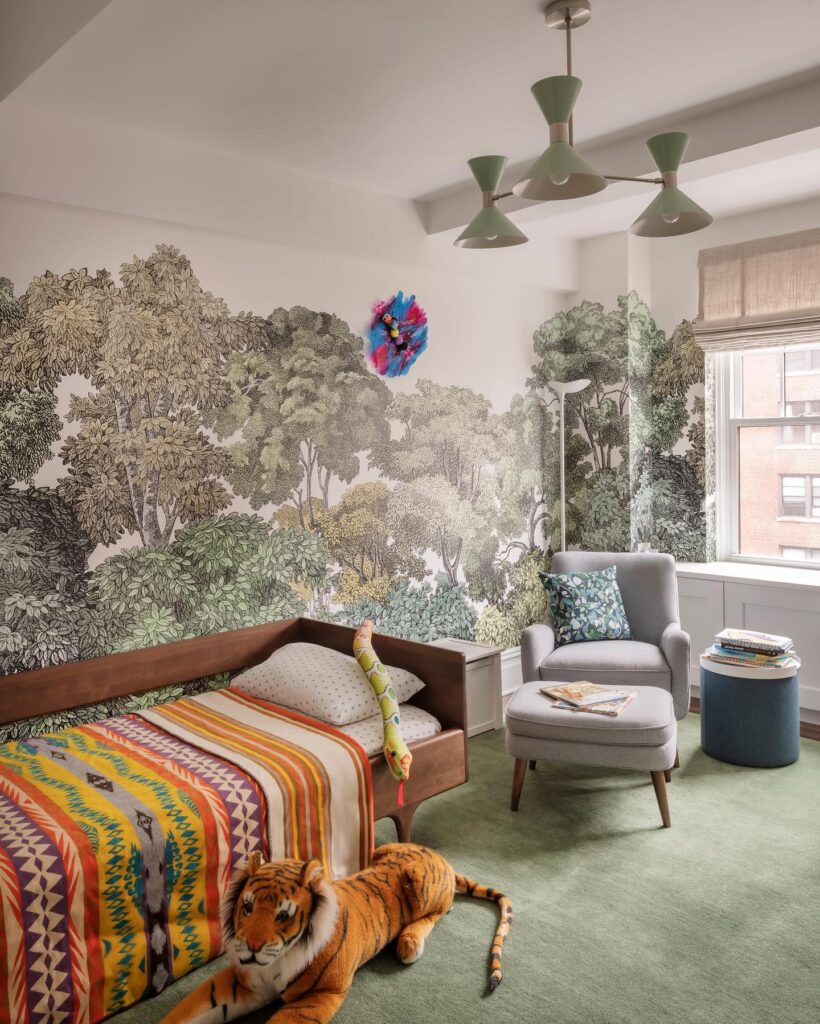
Design by Studio DB, Photography by Matthew Williams
A Space to Grow With Them
Known for their elevated approach to children’s rooms, Studio DB emphasizes the importance of creating impactful spaces that cater to the child’s current needs while anticipating their evolving tastes. Always thinking one step ahead, they strive to design rooms that age gracefully, drawing from their personal experience raising four children to inform their creative process. They advise clients on strategic investments to future-proof the space, recommending durable materials like wool upholstery and easily changeable elements such as paint colors over more permanent fixtures like wallpaper. And, as designers with a passion for sustainability, they advocate investing in quality furniture that can withstand the test of time (and the wear and tear of kids!), ensuring longevity and minimizing waste.
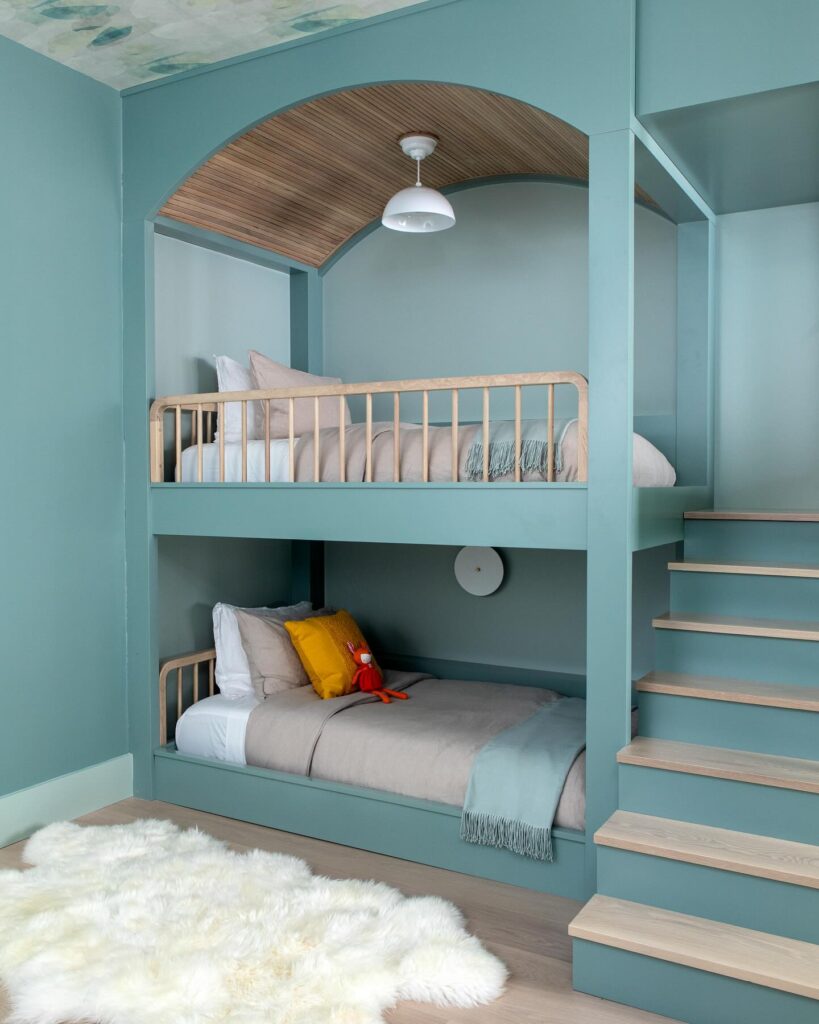
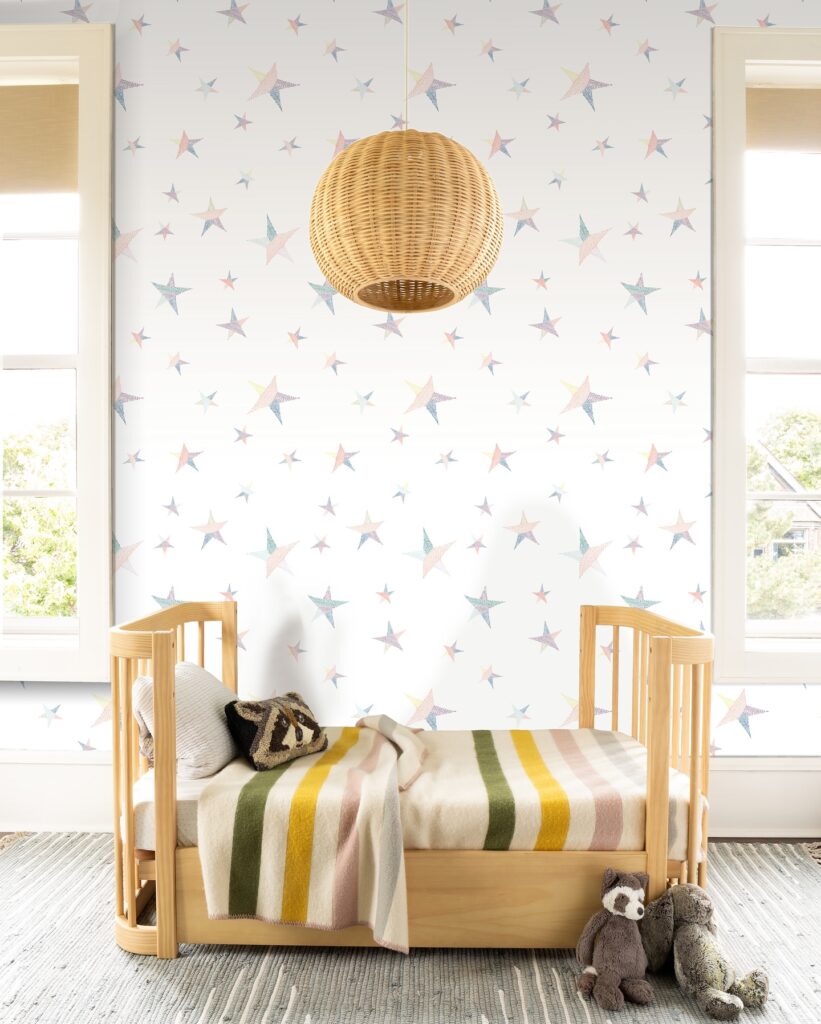
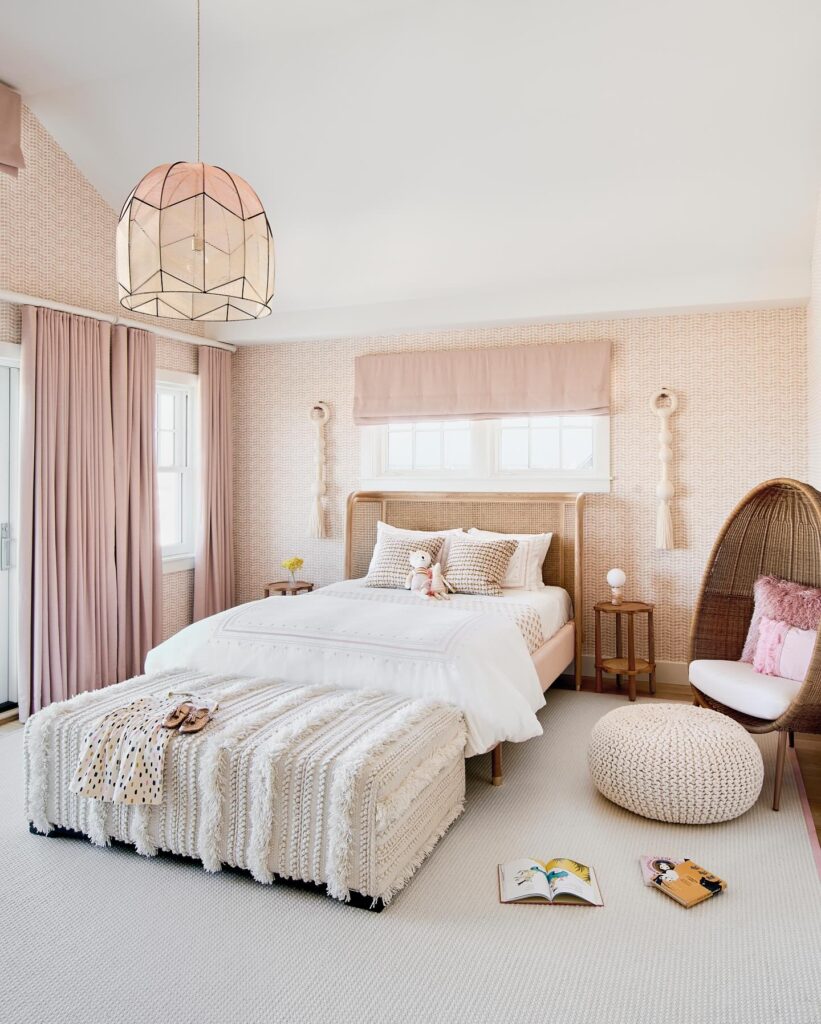
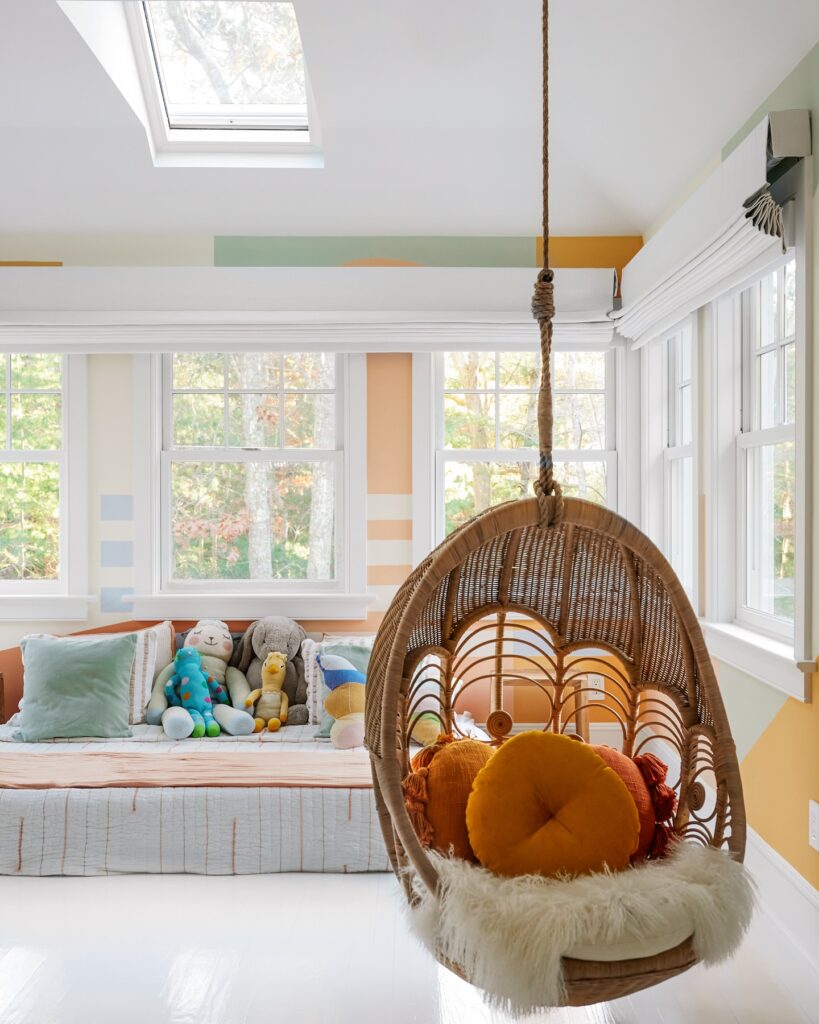
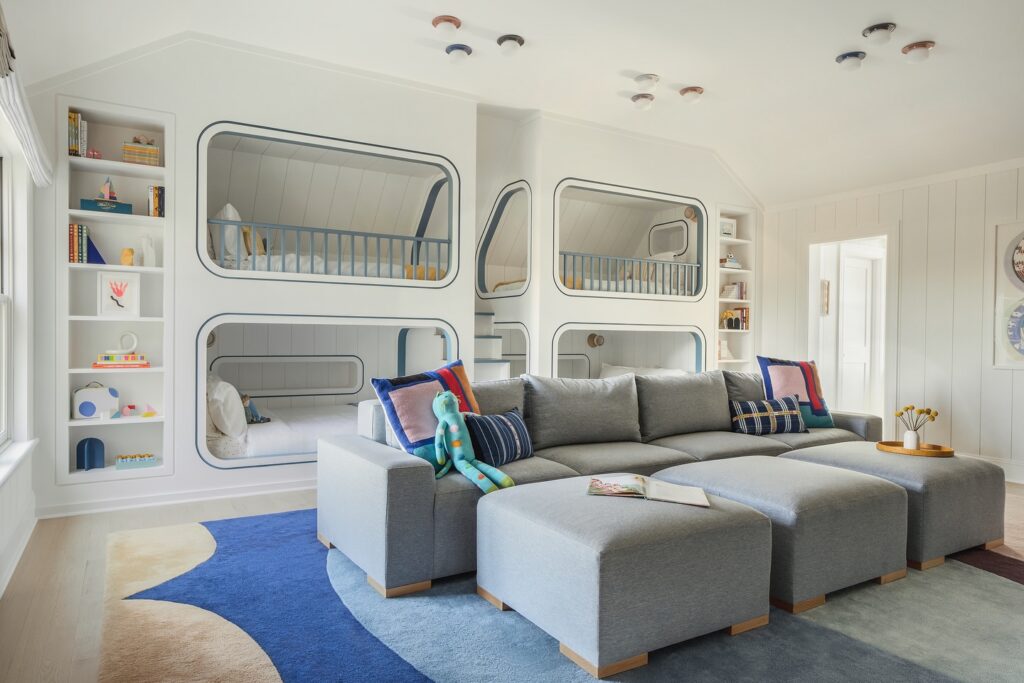
Design by Chango & Co., Photography by Sarah Elliott, Judy Pak, and Chris Coe
The Storage Dilemma
One of the most important aspects of designing children’s spaces is addressing the issue of storage. Studio DB spoke to this challenge, underscoring the need for smart storage solutions that work with the overall design. They prefer simplified options, ensuring an organized space that’s easy for the entire family to maintain. Here are a few tips to kickstart the process:
- Utilize multifunctional furniture with built-in storage compartments.
- Install wall-mounted shelves or cubbies to maximize vertical space.
- Incorporate hooks, bins, and baskets with labels to organize toys and books.
- Closet organizers, like hanging shelves or stackable bins are a game-changer.
- Encourage kids to participate in the organization process—give them ownership and make it fun!
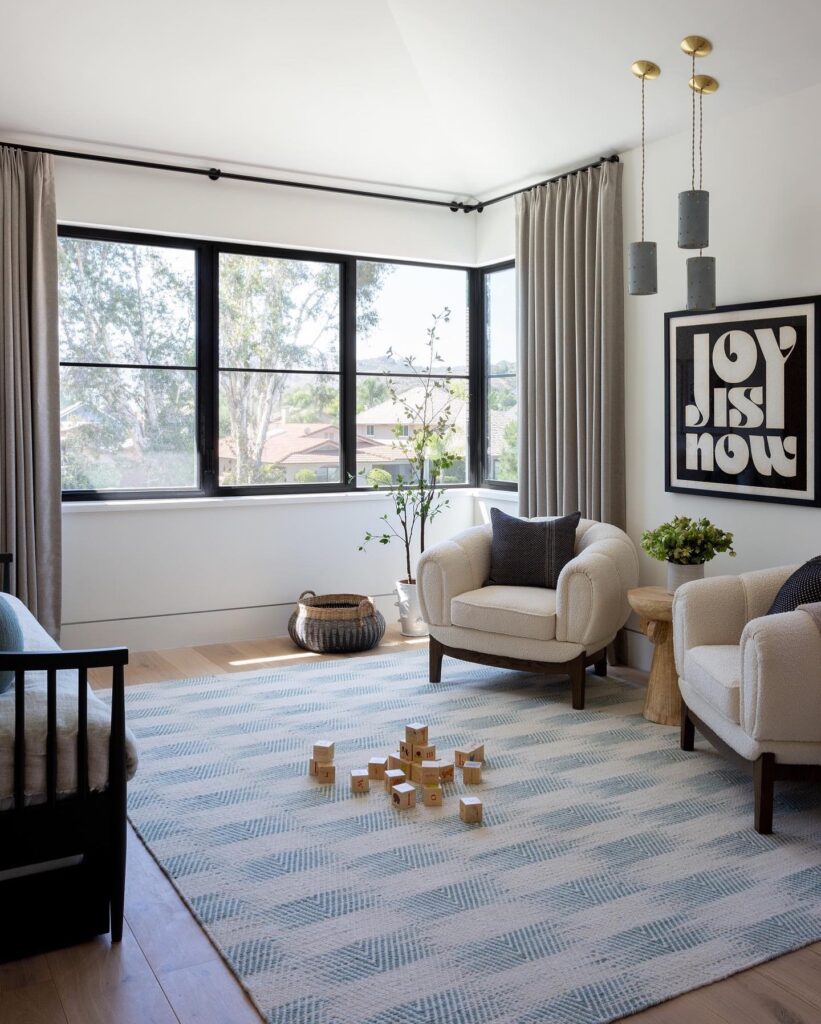
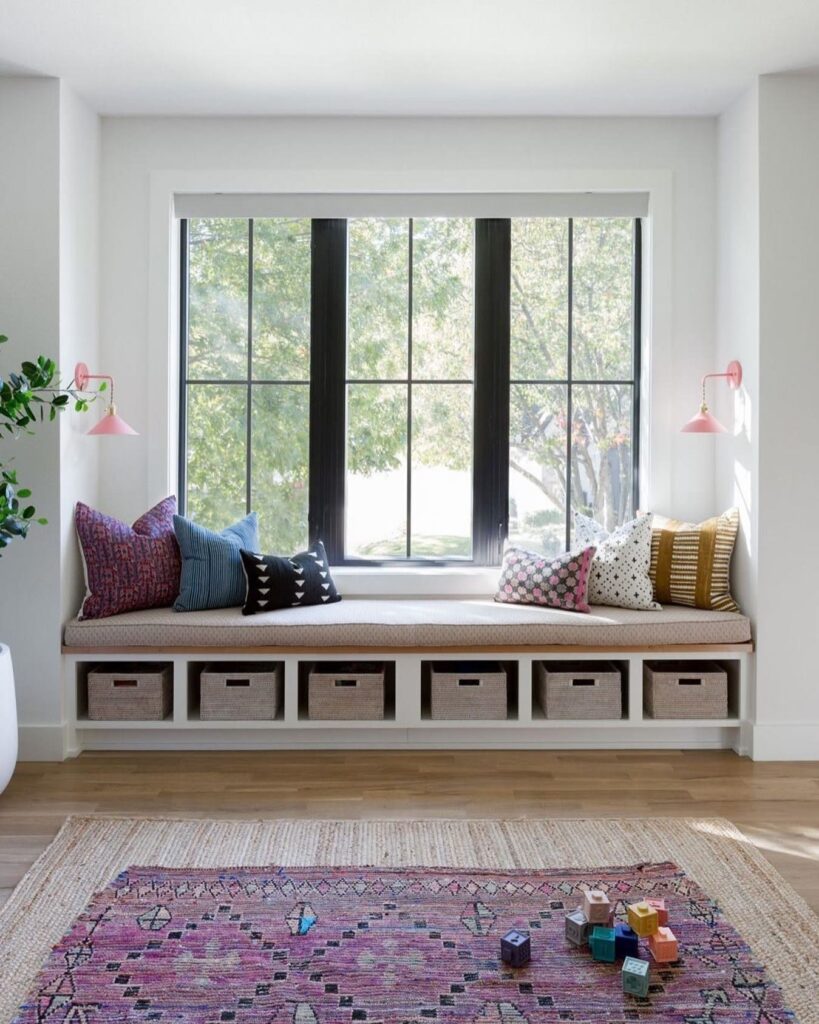
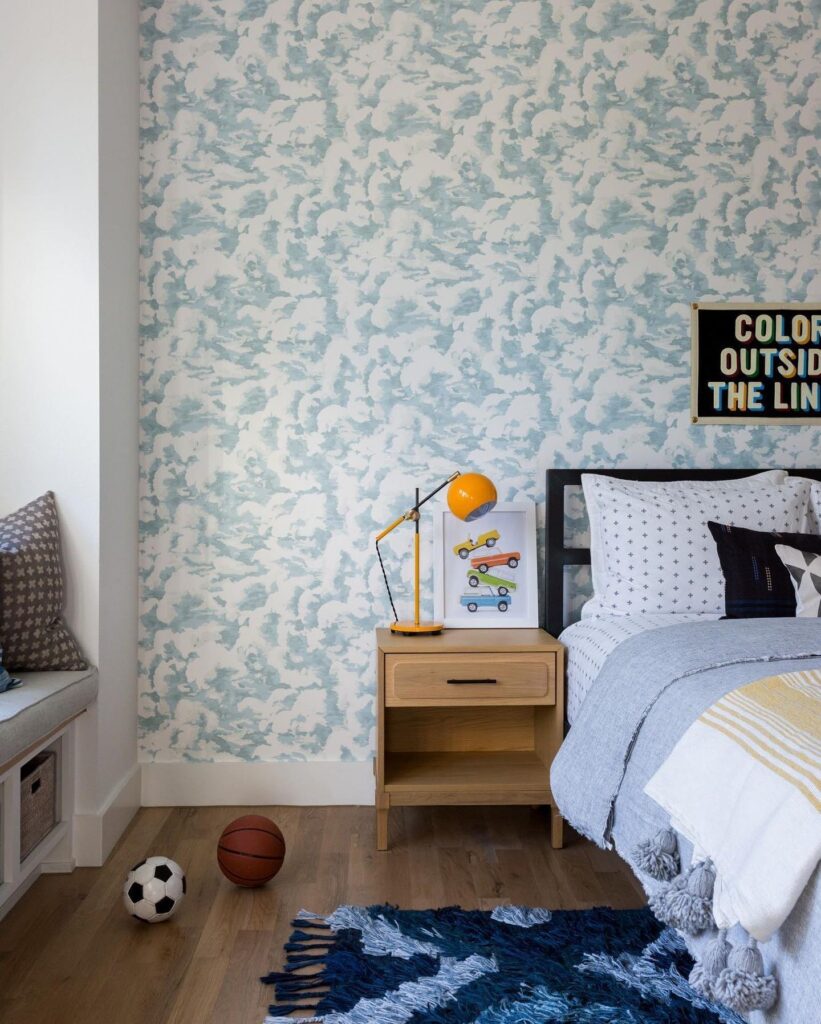
Design by Lindsey Brooke Design, Photography by Amy Bartlam
Small Footprint, Big Impact
Another huge challenge in designing children’s spaces, particularly in urban environments like New York, is space constraints. Studio DB tackles this challenge by incorporating vertical elements like climbing walls and monkey bars. These not only encourage physical activity but also lead to serene reading nooks, striking a balance between play and rest. Their aim is to create spaces where family members can enjoy moments together while also having the option for privacy when needed.
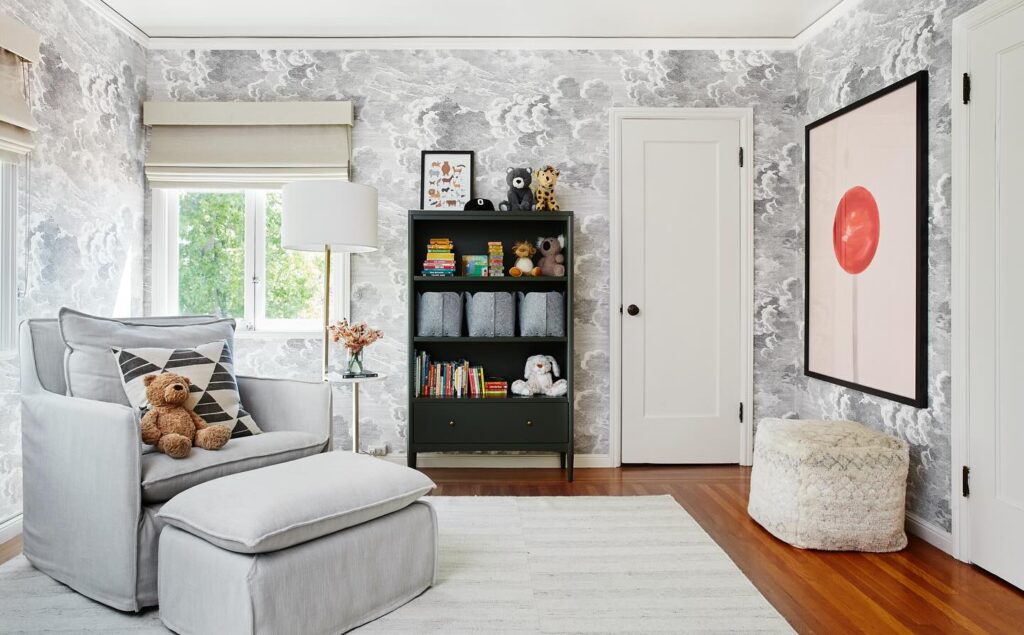
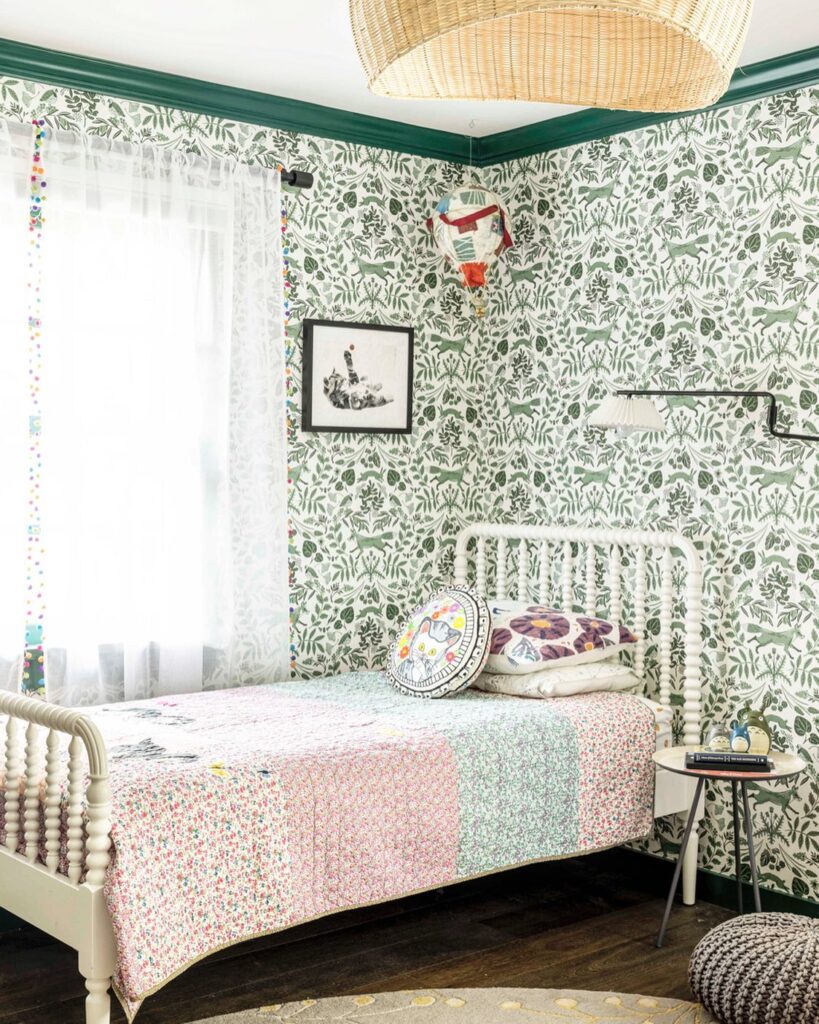
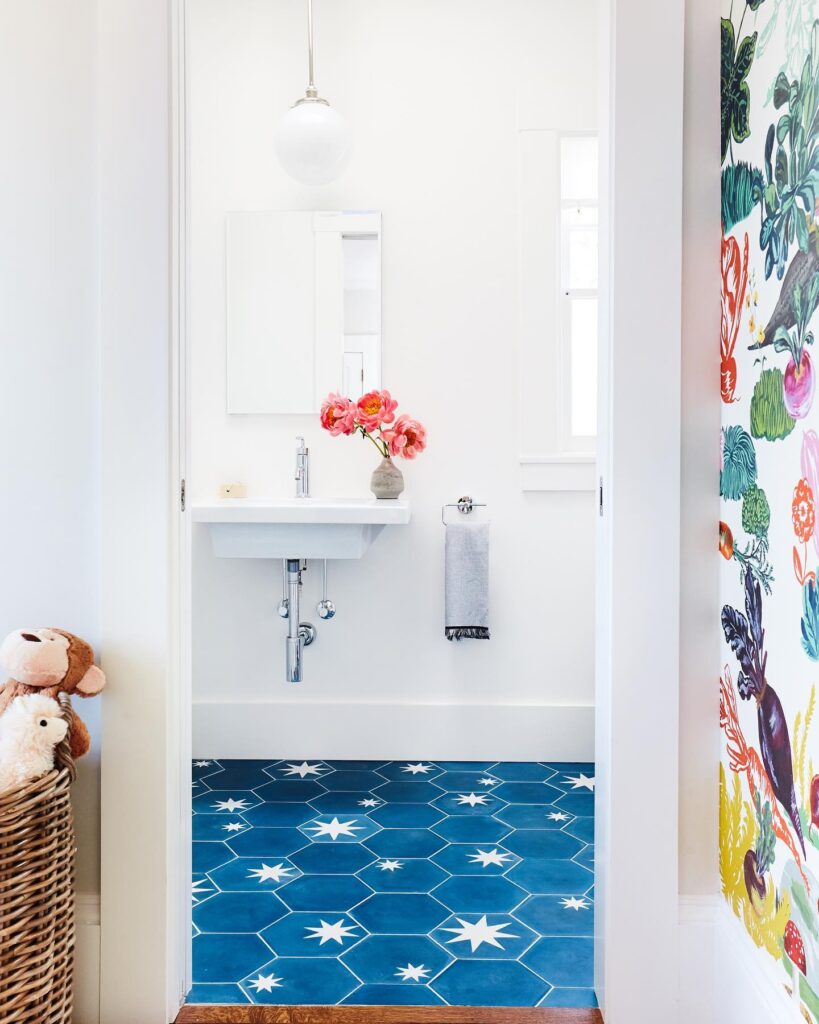
Design by Banner Day Interiors, Photography by Colin Price, Vivian Johnson
Along with Studio DB, other designers across the country are making waves in elevating children’s spaces. Notable mentions include Chango & Co in New York, as well as Banner Day Interiors and Lindsey Brooke Design on the West Coast, each bringing their unique expertise to create imaginative environments where children can grow and thrive.
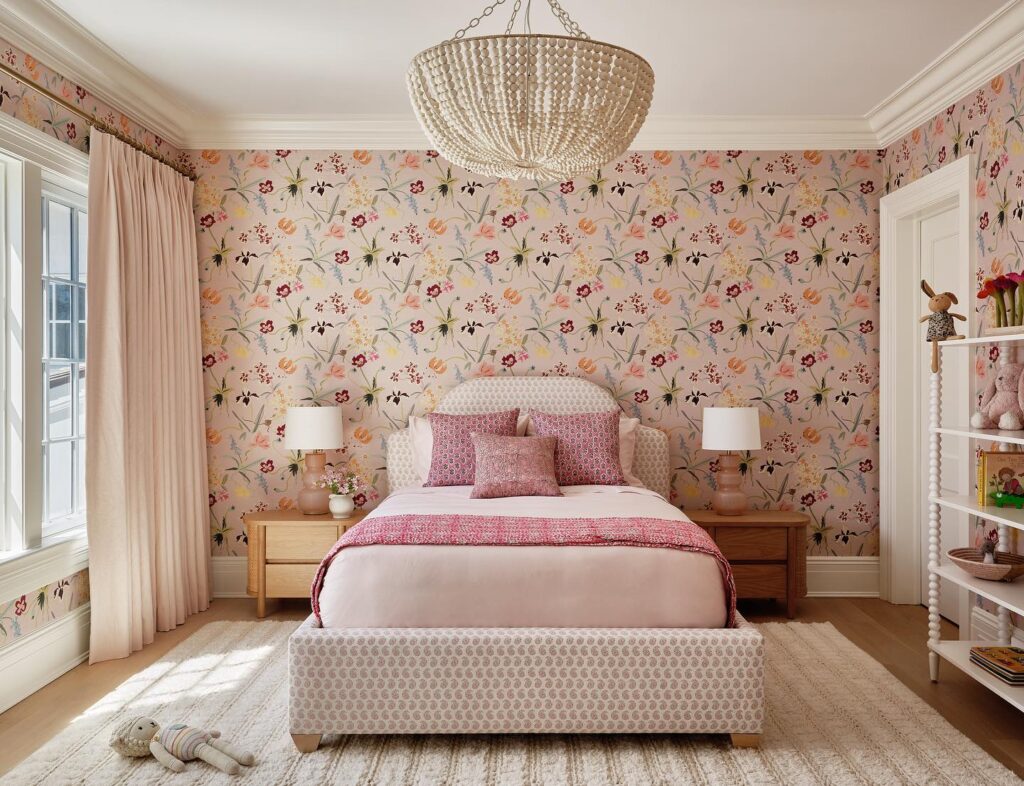
Design by Chango & Co., Photography by Read McKendree
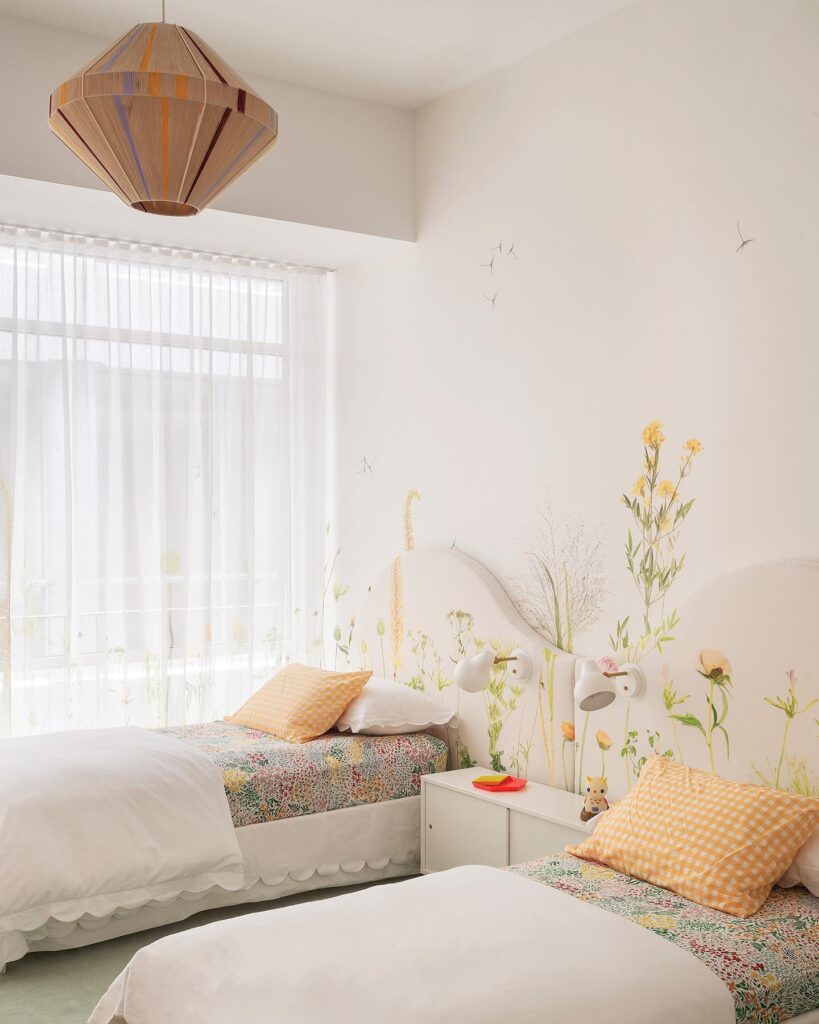
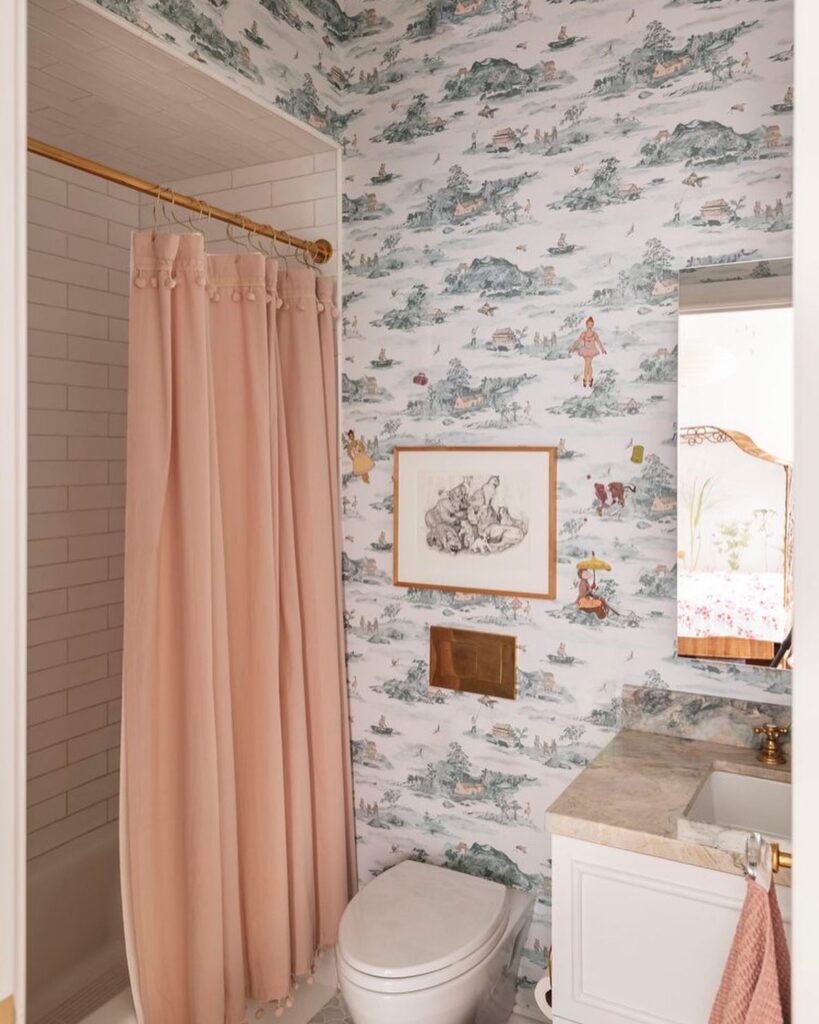
Design by Studio DB, Photography by Matthew Williams
It’s exciting to watch the direction children’s spaces are taking. By prioritizing thoughtful design choices and considering the evolving needs of both the child and the family, designers are turning kids’ rooms into imaginative wonderlands that will shape core memories for years to come.
BY: ANASTASIA CASEY

